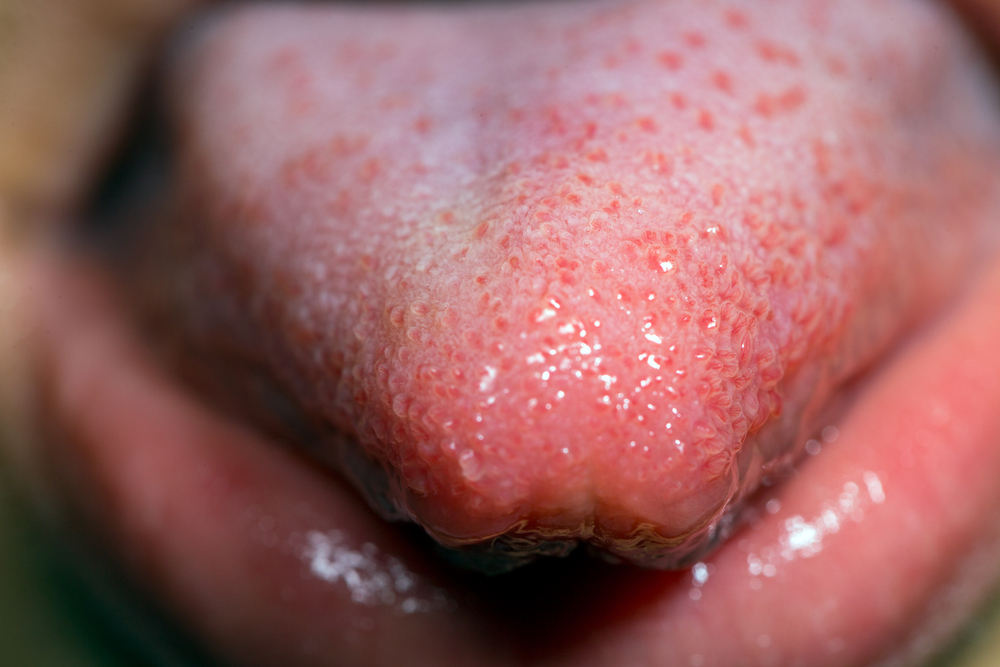
Problems Caused by Tongue Thrusting and How to Treat Them
What is Tongue Thrusting?
Tongue thrusting happens when a child pushes their tongue forward against their front teeth, usually while speaking, swallowing, or even resting. This behaviour is common in early childhood, but if it continues beyond a certain age, it can lead to long-term dental and speech issues.
You might not notice tongue thrusting right away because it often looks like a normal movement. However, over time, it can change how your child’s teeth grow and how they pronounce words. In many cases, speech therapists, teachers, or dentists are the first to notice it.
This blog helps parents understand what problems are caused by tongue thrusting and what to do about them.
Problems Caused by Tongue Thrusting in Children
Tongue thrusting can affect your child’s bite, speech, and long-term dental health. If the habit continues as adult teeth come in, it may require more involved treatment.
Some problems appear slowly and are easy to miss at first. Over time, the tongue’s repeated pressure can push the teeth out of place or stop them from settling properly. This can cause:
- Overbite
- Tooth Misalignment
- Speech Difficulties
- Need for More Involved Orthodontic Treatment
- Aesthetic and Self-Esteem Concerns
Not every child will have all of these problems, but even one can affect their confidence or comfort. The earlier you recognize the habit, the easier it is to manage without needing braces or appliances later on.
1. Overbite
An overbite develops when the upper front teeth extend too far over the lower teeth. Tongue thrusting causes this by applying constant pressure on the upper teeth, gradually pushing them forward. This affects how the teeth close together, which can make eating uncomfortable and increase the risk of jaw strain. Left untreated, an overbite becomes harder to correct and may lead to complications with jaw development.
2. Tooth Misalignment
Tooth misalignment happens when the tongue pushes against the teeth repeatedly, moving them out of position. This can shift teeth sideways, forward, or open gaps between them. Misaligned teeth are harder to clean, which raises the risk of plaque buildup and cavities. They can also cause uneven wear and affect how your child chews. In many cases, once permanent teeth are involved, realignment becomes more difficult without braces or appliances.
3. Speech Difficulties
Children who tongue thrust often struggle to make certain sounds clearly. The habit interferes with proper tongue placement during speech, especially for “s,” “z,” and “sh” sounds. This can lead to a lisp or unclear pronunciation. When speech issues show up, they may affect your child’s communication in school or social situations. Some children become shy or frustrated when others can’t understand them.
4. Need for More Involved Orthodontic Treatment
The longer tongue thrusting continues, the more likely it is that your child will need orthodontic work. If the habit affects permanent teeth, braces or habit-breaking appliances may be required to correct the changes. These treatments take time and often involve more appointments and expense. Treating the habit early can help avoid this and support healthy growth before the teeth shift too far.
5. Aesthetic and Self-Esteem Concerns
Visible changes in the teeth or speech differences can affect how your child feels about their appearance. Children may become self-conscious if their teeth stick out or their speech sounds different. These concerns can show up as reluctance to smile, speak in groups, or participate in activities. Addressing the cause early helps prevent these issues and supports your child’s confidence as they grow.
How Do You Treat Tongue Thrusting?
Treating tongue thrusting starts with understanding whether the habit is mild or persistent. Some children grow out of it on their own, while others need extra help. In many cases, a mix of at-home awareness and dental tools works best.
For early or mild cases, at-home strategies can help you guide your child toward better habits. Reminders to keep their tongue behind their teeth while speaking or swallowing can make a difference. Practising proper tongue posture and using simple exercises from a speech therapist may also help your child retrain how their tongue moves. Consistent routines at home often work well if the habit is just starting.
When the habit continues or begins to affect speech and teeth alignment, habit-breaking appliances can help. Dentists use appliances like palatal cribs or Bluegrass devices to block the tongue from pushing forward. These appliances are fixed in place and stay in the mouth full-time. They gently guide the tongue into better patterns without relying on reminders or effort from the child. These tools are especially helpful if other methods haven’t worked or if the permanent teeth are at risk.
See our guide on
Types of Habit Breaking Appliances and Their Cost
Can Dental Issues Be Corrected After Tongue Thrusting?
Yes. Dental problems caused by tongue thrusting can be corrected, especially with early intervention. The right treatment depends on the child’s age, the severity of the changes, and whether the permanent teeth have already come in.
When tongue thrusting is caught early, many of the effects can improve once the habit stops (for example minor overbites or small gaps). For younger children with baby teeth, the mouth often adjusts on its own with time and healthy habits. Speech therapy and at-home exercises may also help restore normal function and alignment.
Correction usually requires orthodontic treatment if the habit continues into later childhood or affects permanent teeth. Braces, clear aligners, or habit-breaking appliances can guide the teeth back into proper position. Dentists may also recommend speech therapy if tongue placement still affects pronunciation.
Although these corrections take time, they are effective. Dental professionals can evaluate each case and create a plan that addresses both the physical changes and the habit itself. With the right approach, children can regain proper bite alignment, clear speech, and confidence in their appearance.
Kids Dental Group Can Help with Tongue Thrusting
Our team has experience working with children who have this habit, and we’re here to help you find a solution that’s right for your family.
If you’re concerned about your child’s bite, speech, or tongue posture, we encourage you to book a consultation with us. We can assess your child’s habits, answer your questions, and walk you through the options—whether that means at-home steps, therapy support, or a gentle habit-breaking appliance.
Kids Dental Group serves families at four convenient locations in Markham, Richmond Hill, Stouffville, and Hillcrest
Contact us today
